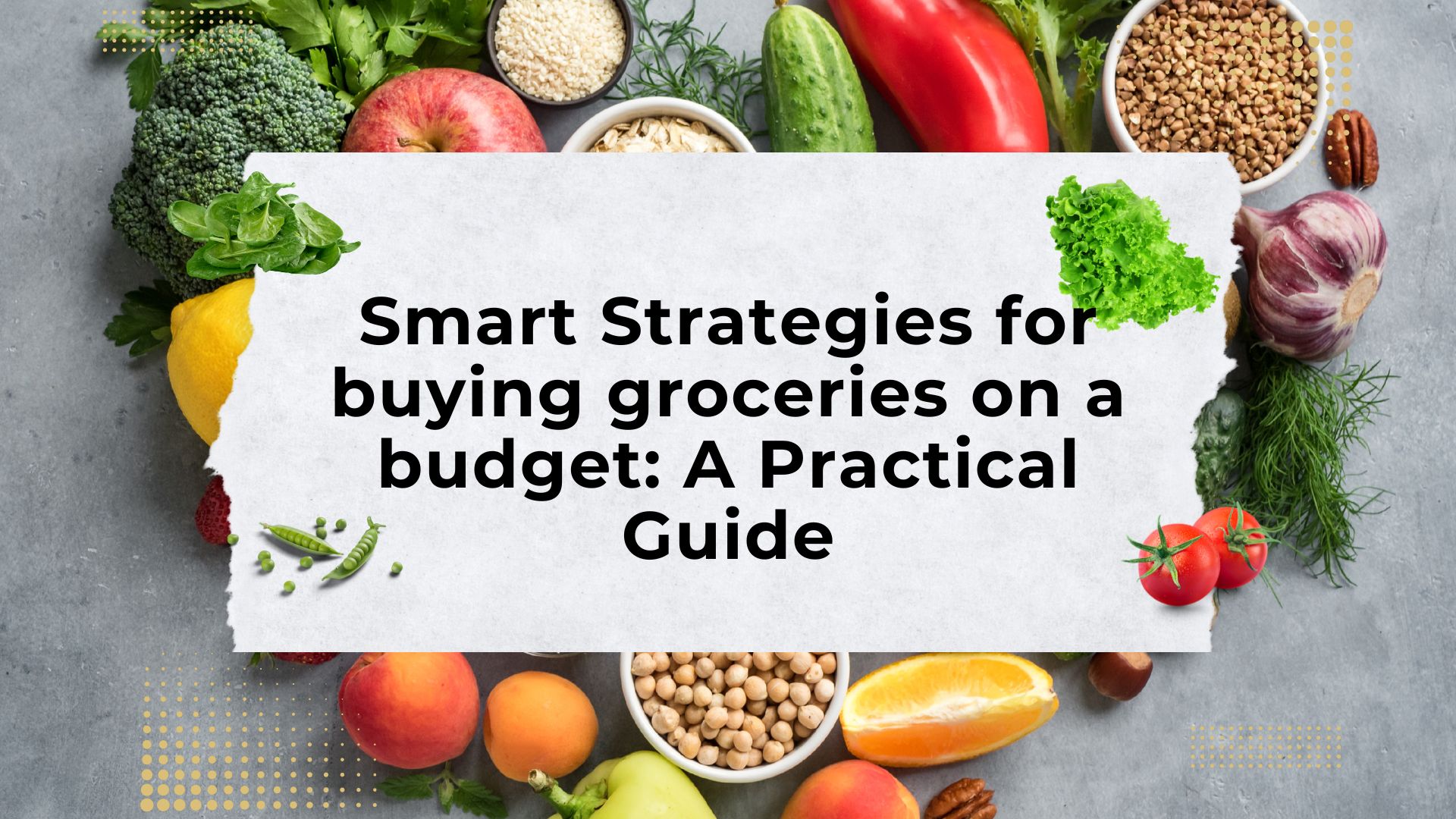In today’s fast-paced world, managing a household budget can be challenging, especially when it comes to grocery shopping. However, with a bit of planning and some savvy strategies, you can still enjoy nutritious meals without breaking the bank. Let’s explore ten practical tips on how to buy groceries on a budget and make your hard-earned money go further.
-
Create a Budget-Friendly Meal Plan
The first step in grocery budgeting is to create a meal plan. This not only helps you organize your weekly menu but also ensures that you purchase only the items you need. Consider planning meals around affordable ingredients and versatile staples to maximize your savings.
-
Embrace Seasonal Produce
Seasonal fruits and vegetables are not only fresher but also more affordable. Take advantage of local farmers’ markets and grocery store sales to stock up on seasonal produce. This not only adds variety to your meals but also saves you money in the long run.
-
Explore Generic Brands
Name brands often come with a higher price tag. Experiment with generic or store brands, as they can be equally as good in quality while costing significantly less. You might be surprised at the savings you can achieve by making this simple switch.
-
Shop in Bulk for Staple Items

Buying staple items in bulk is an effective way to cut costs over time. Items such as rice, pasta, beans, and grains can be purchased in larger quantities, reducing the overall price per unit. Just be mindful of storage space and the shelf life of these items.
Read More
Take advantage of discounts, loyalty programs, and coupons offered by your local grocery store. Many supermarkets provide weekly specials or loyalty discounts for regular customers. Combining these offers with manufacturer coupons can result in significant savings on your overall grocery bill.
-
Limit Impulse Purchases
Impulse purchases can quickly derail your budgeting efforts. Make a shopping list based on your meal plan and stick to it. Avoid succumbing to tempting displays and promotional items strategically placed throughout the store.
-
Comparison Shop for the Best Deals
Before heading to the checkout, take a moment to compare prices. Different stores may offer varying prices for the same items. Utilize online tools and apps to compare prices and find the most cost-effective options for your grocery list.
-
Buy in Bulk and Split with Others
Consider joining forces with friends or family members to buy certain items in bulk and then splitting the cost. This can be particularly beneficial for large packages of perishable goods or non-perishables with a longer shelf life.
-
Be Mindful of Sale Cycles
Grocery stores often follow a predictable sale cycle for various products. Pay attention to these patterns and time your purchases accordingly. This can help you capitalize on discounts and promotions, ultimately stretching your budget further.
-
Monitor Unit Prices
Understanding the unit price of items is crucial for making informed purchasing decisions. Compare the cost per ounce or per unit to determine the best value for your money. This practice ensures that you’re getting the most bang for your buck.
Conclusion
Buying groceries on a budget requires a combination of planning, flexibility, and smart decision-making. By incorporating these ten strategies into your shopping routine, you can make significant strides in stretching your grocery budget while still enjoying delicious and nutritious meals. So, the next time you hit the aisles, remember these tips and watch your savings add up!
















